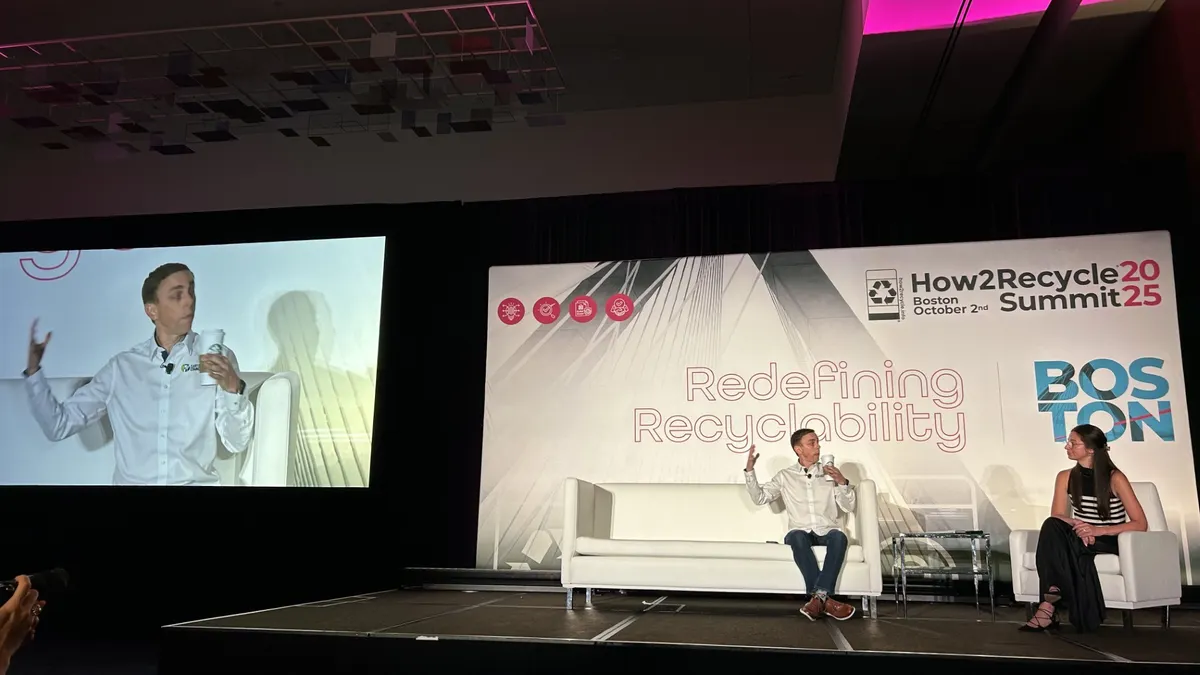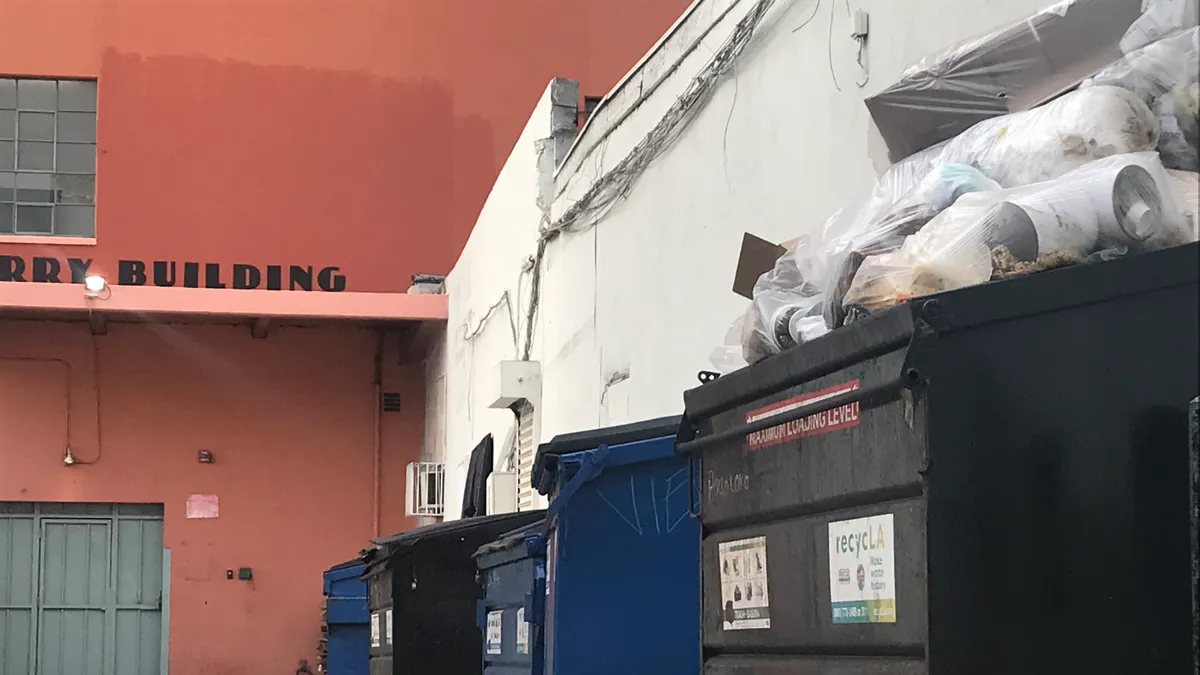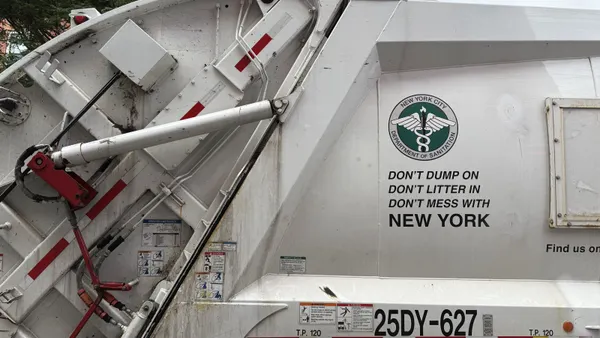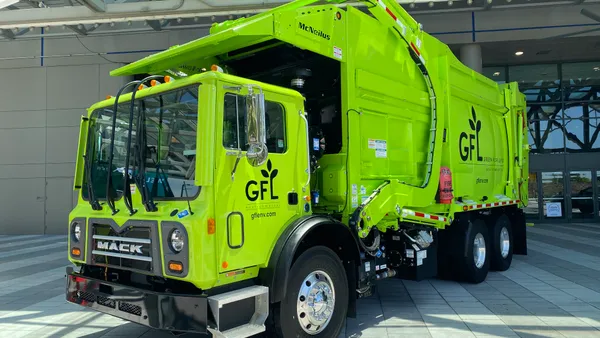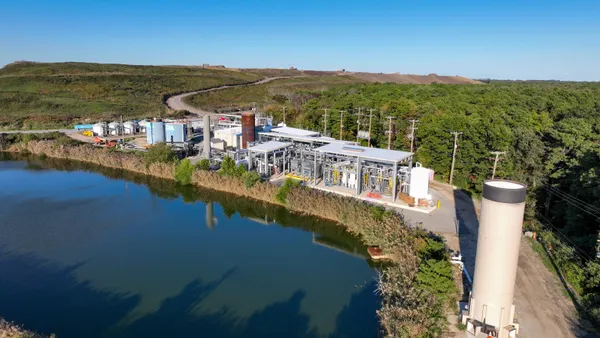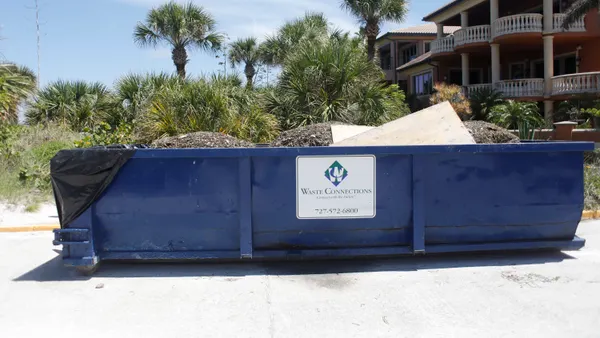By squeezing a porous solid, scientists surprisingly made its cavities open wider, letting in -- and trapping -- europium ions. Given the similarities between europium and uranium ions, the team thinks the innovation could represent a promising new avenue for nuclear waste processing.
The focus of their work is natrolite, one of the many examples of aluminosilicate minerals called zeolites, which contain tiny, regularly spaced pores. Zeolites come in more than a hundred different forms, and the composition of each variant determines the size of the cavity and thus the kinds of molecules and ions that can be retained, or excluded, within.



